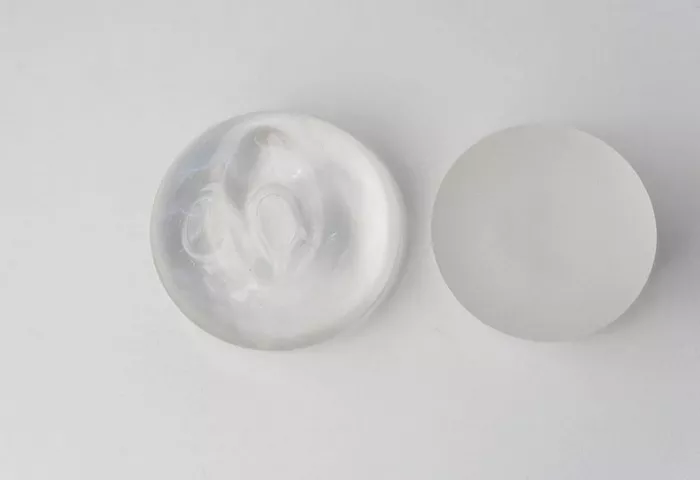Breast augmentation, a surgical procedure to enhance the size and shape of the breasts, is a popular choice for women seeking to achieve their desired aesthetic goals. One important consideration for anyone contemplating breast implants is the cost associated with the procedure. In this article, we will explore the factors that influence the cost of breast implants, discuss different options available, and provide insights into the financial considerations to keep in mind.
Factors Influencing the Cost of Breast Implants
The cost of breast implants can vary significantly depending on several factors. It’s important to understand these factors to get a clearer idea of what to expect financially:
1. Surgeon’s Experience and Reputation: The experience and reputation of the plastic surgeon performing the breast augmentation procedure can impact the cost. Highly experienced surgeons who have a track record of successful outcomes and a strong reputation may charge higher fees for their expertise.
2. Geographic Location: The cost of breast implants can also vary based on the geographic location of the surgical facility. In areas with a higher cost of living or where the demand for plastic surgery is higher, prices may be more expensive compared to regions with lower overhead costs.
3. Type of Implants: There are different types of breast implants available, including saline-filled implants and silicone gel-filled implants. The cost of the implants can vary, with silicone gel implants generally being more expensive than saline implants.
4. Implant Size and Shape: The size and shape of the breast implants also play a role in determining the cost. Larger implants or those with a more complex shape may be priced higher due to the additional materials and surgical considerations involved.
5. Surgical Facility and Anesthesia: The choice of surgical facility and anesthesia can impact the overall cost of the procedure. High-quality surgical facilities with state-of-the-art equipment and accredited anesthesia providers may result in higher fees.
Options for Breast Implant Financing
Considering the cost of breast implants, it’s important to explore financing options that may help make the procedure more affordable. Here are a few options to consider:
1. Payment Plans: Many plastic surgery clinics offer payment plans or financing options to help patients manage the cost of breast implants. These plans allow you to make monthly payments over a designated period, making the procedure more accessible.
2. Medical Credit Cards: Medical credit cards, such as CareCredit, are specifically designed to cover medical expenses. These cards often offer interest-free promotional periods or low-interest payment plans, providing flexibility in managing the cost of breast implants.
3. Personal Loans: Obtaining a personal loan from a financial institution is another option to consider. Personal loans allow you to borrow a specific amount of money and repay it over time, giving you the freedom to finance the cost of breast implants according to your budget.
4. Health Savings Accounts (HSAs) or Flexible Spending Accounts (FSAs): If you have an HSA or FSA through your employer, you can use the funds in these accounts to cover the cost of breast implants. These accounts offer tax advantages and allow you to save pre-tax dollars for eligible medical expenses.
Considering the Value of the Procedure
While cost is an important consideration, it’s essential to also factor in the value of the procedure and the impact it can have on your self-confidence and quality of life. Breast augmentation can provide a significant boost to your self-esteem and help you achieve your desired aesthetic goals.
When evaluating the cost of breast implants, consider the following:
1. Surgeon’s Qualifications: Choose a board-certified plastic surgeon with extensive experience in breast augmentation. The qualifications and expertise of your surgeon can greatly influence the success and safety of the procedure.
2. Quality of Care: The cost of breast implants often includes not just the surgical procedure itself but also pre-operative consultations, post-operative care, and follow-up appointments. Consider the level of care provided by the surgical facility and the support you will receive throughout your breast augmentation journey.
3. Desired Outcome: Breast augmentation is a highly individualized procedure. The cost should be assessed in relation to the results you hope to achieve. Take into account the impact the procedure will have on your self-confidence, body image, and overall well-being.
4. Long-Term Satisfaction: Breast implants are designed to last for many years, and the results can be long-lasting. When evaluating the cost, consider the long-term satisfaction and the potential for improved self-esteem and quality of life.
Conclusion
The cost of breast implants can vary depending on various factors such as surgeon’s experience, geographic location, type of implants, implant size and shape, and surgical facility and anesthesia fees. It’s important to consult with a board-certified plastic surgeon to discuss your goals and obtain a personalized quote.
While cost is an important consideration, it’s equally essential to focus on the value of the procedure and the potential impact it can have on your self-confidence and overall well-being. Exploring financing options, such as payment plans, medical credit cards, personal loans, or utilizing HSAs or FSAs, can help make breast augmentation more accessible.
Remember to prioritize safety, qualifications, and the quality of care when selecting a plastic surgeon. Ultimately, the decision to undergo breast augmentation should be based on your personal goals, expectations, and budget, ensuring that you make an informed choice that aligns with your desires and enhances your self-image.

